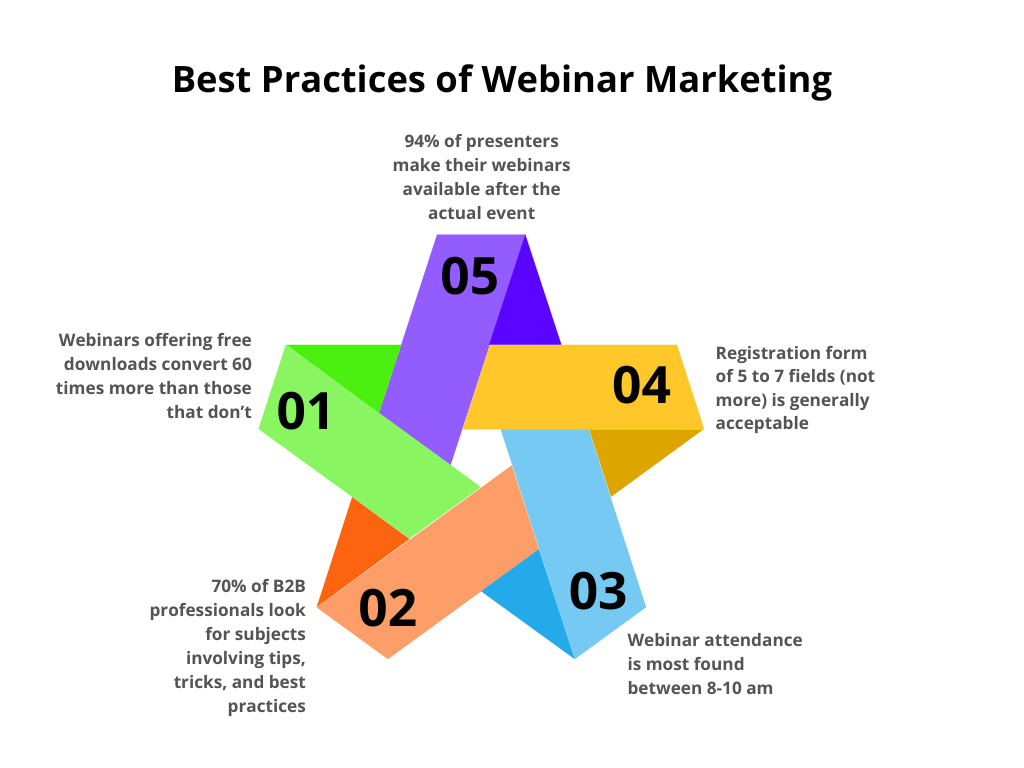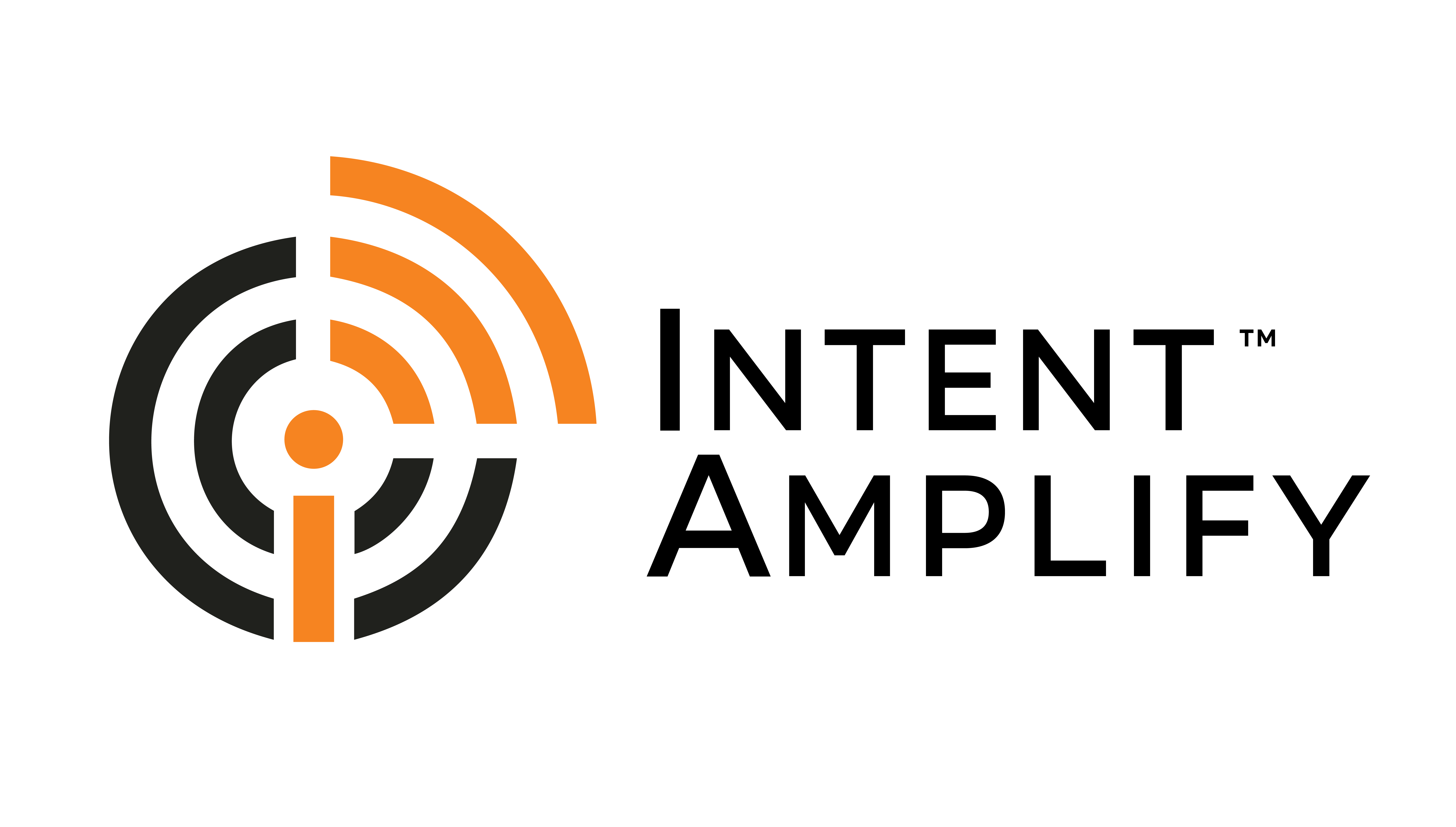
Planning a Webinar? Follow These Steps to Choose the Right Webinar Topic
Webinars have become a central marketing tool, aiding in lead generation and customer engagement. Most marketers use webinars for promotional purposes and other online marketing activities due to their accessibility and convenience.
According to getcontrast.io, 91% of B2B professionals say webinars are their preferred type of content.
However, simply riding on their popularity is insufficient to ensure a successful online event. It’s crucial to understand your target audience’s objectives and select the most suitable webinar topics to address them effectively.
Choosing the right webinar topic begins with understanding your business objectives. By first defining the expected outcome of your online event, you can discern the desired outcomes of your target customers.
Here are 7 steps to help you find the perfect webinar topic for your B2B audience:
Step#1: Define Your Target Audience
The first step in identifying the right webinar topic is to understand which category of audience are you particularly looking to target and engage through your webinar. To achieve this, it’s crucial to develop a clear understanding of your Ideal Customer Profile (ICP). It identifies and separates the individuals who are most likely to benefit from your solutions or offerings.
In case your sales team does not have a list of existing ICPs, you can craft new ones based on the following criteria:
- Company size, annual revenue, and budget allocation
- Preferred industries and desired geographic locations
Furthermore, you can gather additional insights into your ICP through various means, including:
- Analyzing data from past webinar attendees who eventually converted into customers.
- Scrutinizing your CRM and existing customer lists to identify common patterns among your audience.
- Assessing the behavior of website visitors who successfully completed desired actions.
- By leveraging these data points, you can create a comprehensive profile of your ideal customer. Armed with this knowledge, you can tailor your webinar topics to resonate effectively with your target audience, thereby enhancing the success of your webinar initiatives.
Step#2: Identify Audience Needs and Pain Points
To ensure your webinars strike a chord with your audience, it’s important to address their unique needs, hurdles, and concerns. By understanding their challenges and offering solutions, you can position yourself as a valuable resource and cultivate a strong rapport with your viewers.
What are the issues your audiences are facing?
Employ a mix of research methods, from thorough surveys to insightful interviews, to unearth the common pain points and obstacles prevalent in your industry landscape. These challenges may revolve around skill deficiencies, shifting industry dynamics, or specific pain areas demanding attention.
Once you’ve identified these critical pain points, you can choose the right webinar topic that can directly tackle these challenges head-on. Craft sessions that furnish actionable insights, practical strategies, and tried-and-tested methodologies that attendees can readily implement.
Moreover, infuse your webinars with educational content that utilizes your expertise and industry acumen. Share illuminating case studies, success narratives, and real-world anecdotes to illustrate how your audience can surmount obstacles and achieve their objectives. By painting a vivid picture of success through tangible examples and results, you can inspire and galvanize your viewers into action.
By aligning your webinar topic selection process with the genuine needs and concerns of your audience, you showcase your keen understanding of their struggles and your commitment to overcoming them. This fosters trust and establishes you as a credible authority within your field.
Audience needs are always changing and may evolve with time, therefore, grasping their dynamic requirements is indispensable. Embrace proactive measures such as monitoring industry trends, fostering dialogue, and soliciting feedback via post-webinar surveys to stay abreast of emerging pain points and go ahead with your webinar topic selection accordingly.
“The three most talked-about topics in webinars are technology, training and education, and marketing and sales.” (Source: ON24 2023 Webinar Benchmark Report).
Step#3: Align with Your Webinar Goals
Setting clear goals for your webinars is pivotal for developing actionable plans aimed at achieving specific objectives, whether it’s boosting conversion rates or improving attendee retention. To select an attractive webinar topic that drives remarkable business outcomes, it’s essential to approach a webinar with well-defined goals in mind.
Research indicates that setting specific goals increases the likelihood of attainment by 43%.
Defining webinar goals and objectives serves several crucial purposes:
- Providing a clear trajectory for current and future webinars, ensuring alignment with broader organizational goals.
- Facilitating the measurement of success across all marketing channels, enabling informed decision-making and optimization efforts.
- Motivating team members to enhance audience engagement and drive results by setting tangible targets.
- Identifying areas for improvement and devising strategies to address them, fostering continuous growth and refinement.
For instance, if the primary goal is to bolster webinar attendance, an objective might involve expanding the email subscriber list by a specific percentage.
Here are examples of common webinar goals and objectives:
- Lead Generation: Utilize webinars to capture new leads, implementing strategies to enhance lead generation efforts and drive website traffic.
- Brand Awareness: Webinars can strengthen brand awareness and establish credibility within the industry.
- Attendance Rates: Set goals related to webinar attendance rates, tracking the number of attendees and their engagement levels over time.
- Social Media Shares: Encourage social media sharing as a goal to amplify the reach and visibility of the webinar.
By outlining clear objectives for each webinar, organizations can effectively select a relevant webinar topic to maximize their effectiveness and drive meaningful outcomes. Engaging the entire marketing team in an objective setting ensures cohesive efforts and enhances the likelihood of success.

Step#4: Consider the Buyer’s Journey
Choosing the right webinar topic requires you to align your webinar content with the specific stage of the buyer’s journey your audience is in.
So, how can you tailor webinars to match your customer’s stage in the journey?
Let’s explore the most effective approaches for each of the 3 stages:
- Awareness Stage: At this stage, potential customers are just beginning to recognize their pain points without fully understanding them. Your goal is to subtly introduce your brand as a trusted resource and establish authority in your industry.
For your webinar, you may conduct a value-packed interview with an expert discussing common pain points your audience faces. You can also host a Q&A session with an industry authority to engage and educate attendees. - Consideration Stage: Customers in this stage are aware of their problems and actively researching potential solutions. In the context of your webinar, offer a webinar presenting practical solutions and strategies to address specific challenges your audience faces. Provide actionable steps and real-world examples to guide them in their decision-making process.
- Decision Stage: At this juncture, the customer has conducted thorough research, identified potential solutions, and is now poised to make a purchase decision. Your objective is to convince them to choose your product over competitors.
At this stage, product demonstrations coupled with social proof are highly effective. Incorporate elements of social proof, such as testimonials, reviews, or statistics showcasing the product’s success and popularity. This builds credibility and instills confidence in the customer’s decision-making process, ultimately nudging them towards making a purchase.
Step#5: Create a Cohesive Content Strategy
To maximize the impact of your webinar, it’s essential to choose your webinar topics and align them with overarching content pillars and clusters effectively.
Content pillars serve as the foundational themes that embody your brand’s identity. These pillars can then be further divided into specific subtopics or clusters.
For instance, consider content pillars such as industry insights, product knowledge, and business strategies. These pillars encapsulate the core themes representing your brand’s expertise and offerings. Under each pillar, you can identify cluster topics that delve into more granular aspects of the overarching theme.
For example, within the industry insights pillar, cluster topics could include market trends, data analytics, or customer behavior analysis.
By meticulously mapping out these content pillars and cluster topics, your B2B company can curate webinars that resonate with your audience and drive meaningful engagement and conversions.
Step#6: Listen to Your Team
One of the best ways for webinar topic selection is to look inwards – i.e. consult your in-house staff itself. Your sales, customer support, and industry experts can provide valuable insights for your B2B webinar topic selection. Here’s how:
- Sales Team: Sales reps are on the front lines, talking to potential customers every day. They can share common questions, objections, and areas of interest that prospects bring up. Understanding the hurdles faced during the sales cycle can help identify topics that address specific roadblocks and position your product or service as the solution.
- Customer Support Team: Support teams hear directly from customers about their challenges and frustrations. Look for recurring themes that could be addressed in a webinar to educate and demonstrate expertise.
- Industry Experts: Industry experts within your company have a deep understanding of current trends, regulations, and challenges faced by your target audience. They can suggest topics that capitalize on emerging needs or address ongoing industry pain points. These experts can analyze competitor marketing strategies and webinars, identifying gaps or areas where your company can offer a unique perspective or solution through your selected webinar topic.
Step#7: Research Industry Trends and Competitor Webinars
When choosing a webinar topic, it’s essential to consider the competitive landscape. Embrace this opportunity to glean insights from competitors, learning from their successes and missteps to refine your approach.
Conducting thorough competitor research yields valuable information crucial for crafting a compelling webinar. This includes analyzing factors such as scheduling, pricing, and content strategy.
For instance, imagine you’re a marketing professional planning a webinar titled “Advanced Strategies for Social Media Marketing.” Upon investigation, you discover that a competitor hosts similar sessions at 3 PM EST on Mondays—a time when your target audience is most active on social media. Consequently, these webinars boast higher attendee rates.
Armed with this knowledge, you can tailor your webinar schedule accordingly, capitalizing on peak engagement times to maximize attendance.
Furthermore, examining competitors’ pricing strategies offers insights into determining the optimal pricing model for your webinar. Some rivals may offer free sessions, while others charge a fee. Analyzing these approaches enables you to make informed decisions regarding your own pricing strategy.




